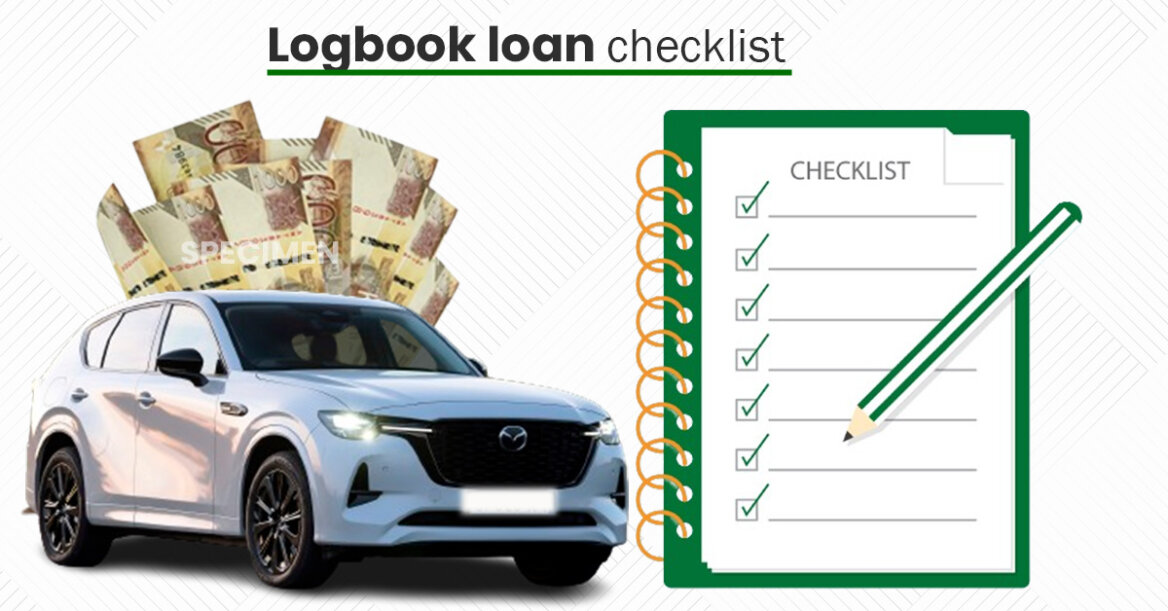Do you own a car and need a quick loan to sort out an emergency, complete a project, or for your business? Then you may have thought about a logbook loan.
You do not have to stress about the lack of cash. Logbook loans are an easy way to get large sums of money quickly. The amount of money you get as a loan depends on the value of your car.
Most lenders offer between 20% to 80% of the value of your car. You will continue using your car as you pay back the loan.
What do you need to Access a Logbook Loan?
Of course, you first need to have a logbook. In this case, we will only focus on Car logbook loans. However, some lenders offer motorbike logbook loans popularly known as bodaboda loans.
- Your Original Car Logbook
When getting a loan your car acts as security for the loan, therefore you need to have the original vehicle logbook and it should be in your name.
What usually happens is that the records of your logbook on the NTSA (National Transportation & Safety Authority) TIMS are amended to show joint ownership of the logbook between you and the lender.
You will continue using your vehicle as usual until the loan is fully repaid. Once you have cleared your outstanding loan then the logbook is discharged at the NTSA to remove joint ownership and back to you.
Note: Apart from the value of your car, lenders also have a limit on the year of manufacture of the vehicle they can facilitate. The loan terms depend on the year of manufacture of your vehicle. Some lenders have an age limit to the vehicle they can finance.
- Identification Documents & KRA Pin
The Lender will need to verify your identity. This process is called KYC (Know Your Customer). Lenders need to confirm that the person applying for credit is who they claim to be. This will help prevent identity theft and fraud, ensuring that financial products are provided to the right individuals.
KRA Pin is also a requirement under the Know Your Customer policy, in a move by the tax agency to seal revenue leakages. This followed a deal between the regulator (CBK) and KRA after the Finance Bill 2016 amended a section of the Tax Procedures Act (TPA).
- Bank and or Mpesa Statements
The statements help your lender to assess your eligibility and ability to make the monthly payments.

Providing bank and, or Mpesa statements is a normal part of the loan process, so make sure that you are prepared and that your bank statements verify the information that you stated on your loan application.
Note: Some Microfinance Institutions may ask for post-dated cheques for higher loan amounts of Ksh 1 million and above.
- Comprehensive Insurance
To be used as collateral, your car needs to be fully insured. This guarantees the lender that the car is protected from both small and major damages in case of an accident.
Having a comprehensive insurance cover ensures that the lender can recover the loan balance even if an accident occurs.
The cost of insurance depends on the value of your car, the age of the vehicle, the type of use, and the model of the car.
If you do not have comprehensive insurance, most lenders offer insurance financing to ensure that you get a cover as part of the logbook loan process.
To get insurance premium finance click here
- Valuation
Finally, before you get a loan, the value of your car must be accessed. A valuer evaluates your vehicle and issues a valuation report that includes the market value and Forced Sale Value (FSV) of your car.
The FSV is the price your vehicle can fetch if it is listed for sale immediately without adequate marketing. It may be up to 25% less than the vehicle’s market value.
Valuation fees range from Sh2,000 to Sh5,000 for saloon cars and SUVs and are collected upfront before the loan is approved.
Note: The valuer may be in-house (that is, works for the lender) or independent.
How Much can you get?
Lenders calculate the Forced Sale Value (FSV) of your vehicle to determine how much you can borrow against it.
Microfinance institutions will offer anything from as low as 20% to 80% of the value of the car. For example, if you own a Toyota Axio worth Ksh 1,000,000 and the lender decides to finance 60%, you will get a loan of Ksh 600,000.
To Apply For a loan or get a quote Click Here
Final Thoughts
With all these requirements in order, and your car meeting the lender’s criteria, obtaining a logbook loan can be finalized in just 6 hours.
Although logbook loans are easy to get and help you access huge sums of money faster, there are some risks which include higher interest rates that may lead to car repossession in case you fail to pay back the loan.
To avoid these risks you must do your research and choose a trustworthy lender. A safe bet would be to choose a lender licensed by the CBK (Central Bank of Kenya). We would recommend Ngao Credit Ltd.
Ngao Credit Ltd is a microfinance registered in Kenya and licensed by the CBK.


